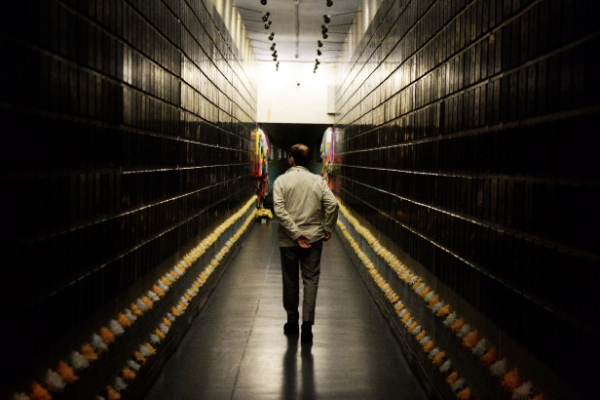Friction over the possession of islands in the East China Sea has been at the forefront of issues between China and Japan this year. But disagreements dating back more than 70 years have remerged to put further pressure on the two Asian giants’ relations.
A huge chemical weapons disposal project between China and Japan originating from World War Two has been an ongoing joint initiative that began in 2010; however the two countries missed an April 2012 deadline. Fortunately they have managed to re-engage and ensure the project will continue as of next week.
During the Second World War, Japan occupied much of north east China and many of its key ports along the east coast. It is said that more than 20 million died during the conflict, with the Chinese Government, still to this day, adamant that Japan has not sufficiently acknowledged or apologised for the destruction and devastation caused by its invasion.
Of course reconciliation has been attempted over the years, but relations remain chilly and are being heightened by the requirement of both countries to work together to dispose of the Japanese chemical weapons left on China’s mainland when the conflict ended in 1945.
Diplomatic trickery with rhetoric and actions from both sides has not helped the situation. China’s President Xi Jinping publicly implied Japan is still ignoring ‘historical facts’ surrounding the war. Meanwhile Japan’s Prime Minister, Shinzo Abe, made official visits to controversial Japanese monuments for their war-dead, inciting frustration and anger from China.
The not-for-profit organisation Nuclear Threat Initiative (NTI) has monitored the threat and extent of the chemical weapons left behind. Its estimates suggest that in excess of 700,000 Japanese-made chemical weapons remain buried in various sites across China, The Brics Post reports.
In 1997, countries around the world signed up to the Chemical Weapons Convention (CWC), including China and Japan. This ensured Japan was legally bound to dispose of the weapons. However, while bilateral agreements were put in place for Japan to supply and deliver the necessary means for weapons disposal, delays have given the Chinese fodder to be disgruntled with the Japanese.
In a move that may further inflame relations, Japan’s Government passed a reinterpretation of its commitment to non-intervention overseas. It stated that it has ended a ban on its military taking part in hostile overseas missions.
The chemical weapons disposal project between the two countries will continue through to 2016, with a further six years to 2022 specifically for the disarmament of Haerbaling. This is the largest of the sites holding approximately 400,000 chemical weapons.
